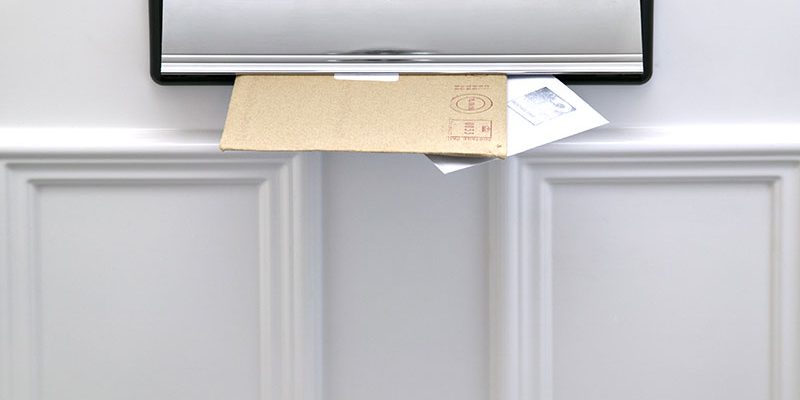Letter of Demand – how to get paid faster
Tips to recover outstanding invoices.
Outstanding invoices can affect your own ability to meet your financial commitments. Recent research by cloud accounting software giant Xero and CoreData uncovers the knock-on effect of outstanding invoices: with 38% of business owners say late payments delayed their own payments to suppliers.
The same survey showed 25% of small businesses say they wouldn’t have the operating cash flow to survive a month if all the invoices currently owed to them were left unpaid, and that 62% of businesses would not survive more than three months if all invoices went unpaid, and almost 6% of businesses say they would last less than a week. So, what are the steps you need to take to minimse outstanding invoices?
A Letter of Demand is a formal request to be paid for an outstanding invoice and can be a great way to get that much-needed cash in the door. It’s usually sent once you have exhausted all other avenues to see the invoice reconciled.
In a Letter of Demand, the wording is clear and firm. It’s an official document and one your client should take seriously. It’s a useful tactic to see the outstanding invoices paid.
When do you send a Letter of Demand?
A Letter of Demand should follow other letters that have requested payment within a reasonable time. It’s important that you have done all you can to recover the debt before you send the demand notice. It’s important to outline in the letter that you’ve called them, discussed the invoice and followed up in writing.
What do you include in a Letter of Demand?
In the Letter of Demand, it’s key to provide the debtor time to arrange payment. Be sure to include:
- The amount of the debt.
- Date the debt was originally due.
- Date of the Letter Of Demand.
- Description of the debt (the details of the services / good provided).
If you’re at the stage of issuing a Letter of Demand, it’s always important to attach copies of all relevant supporting documentation such as the original contract, the invoices raised and all relevant communications, as this will not only remind them of their obligations but may also be used as evidence in any legal proceedings.
How to send your Letter of Demand.
Its best practice to send it so you have some form of receipt. For example, if you’re posting it, send it via registered post, or if you send via email, send it with a read receipt.
Know the legislation.
Be sure, too, that you’re aware of the restrictions and obligations with sending a Letter of Demand – as these may vary between the states and territories, so it’s best to make sure you understand what’s necessary before proceeding in your area.
If you’re looking to issue a Letter of Demand to your debtor, you may like to download our FREE Letter of Demand Template to speed up the process and save you time and unnecessary costs.
And now what?
If you’ve sent several Letters of Demand with no luck, it’s time to file a Statement of Claim. There is a filing fee associated with this and it varies again between the States and territories.
Once the Statement of Claim is served, they will have 21 to 28 days to respond.
If you are like the many 62% of Australian business who would struggle to see out three months carrying outstanding invoices, it’s important to have a Letter of Demand built into your systems and processes of debt recovery.
While a Letter of Demand can go a long way to recovering your funds and avoiding any court proceedings, some business owners might baulk at sending them for fear of damaging client relationships.
The solution here is to employ a third party – a professional debt collection company – to send the Letter of Demand on your behalf. Outsourcing this saves you significant time and effort associated with chasing outstanding accounts, but it also gives you piece of mind that your Letter is drafted and delivered by professionals. More importantly, this leaves you free to do what you do best, which is working on your business.

